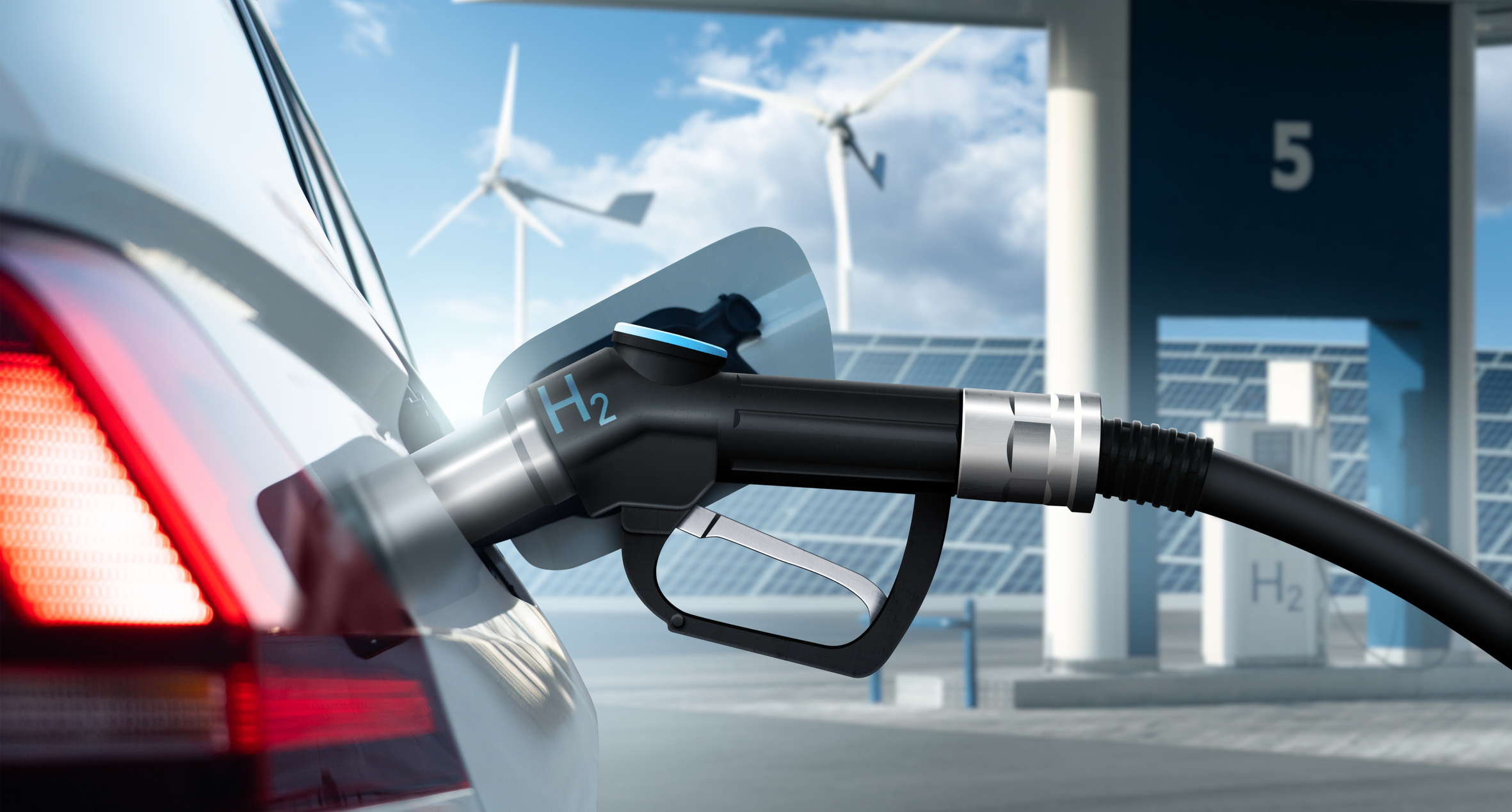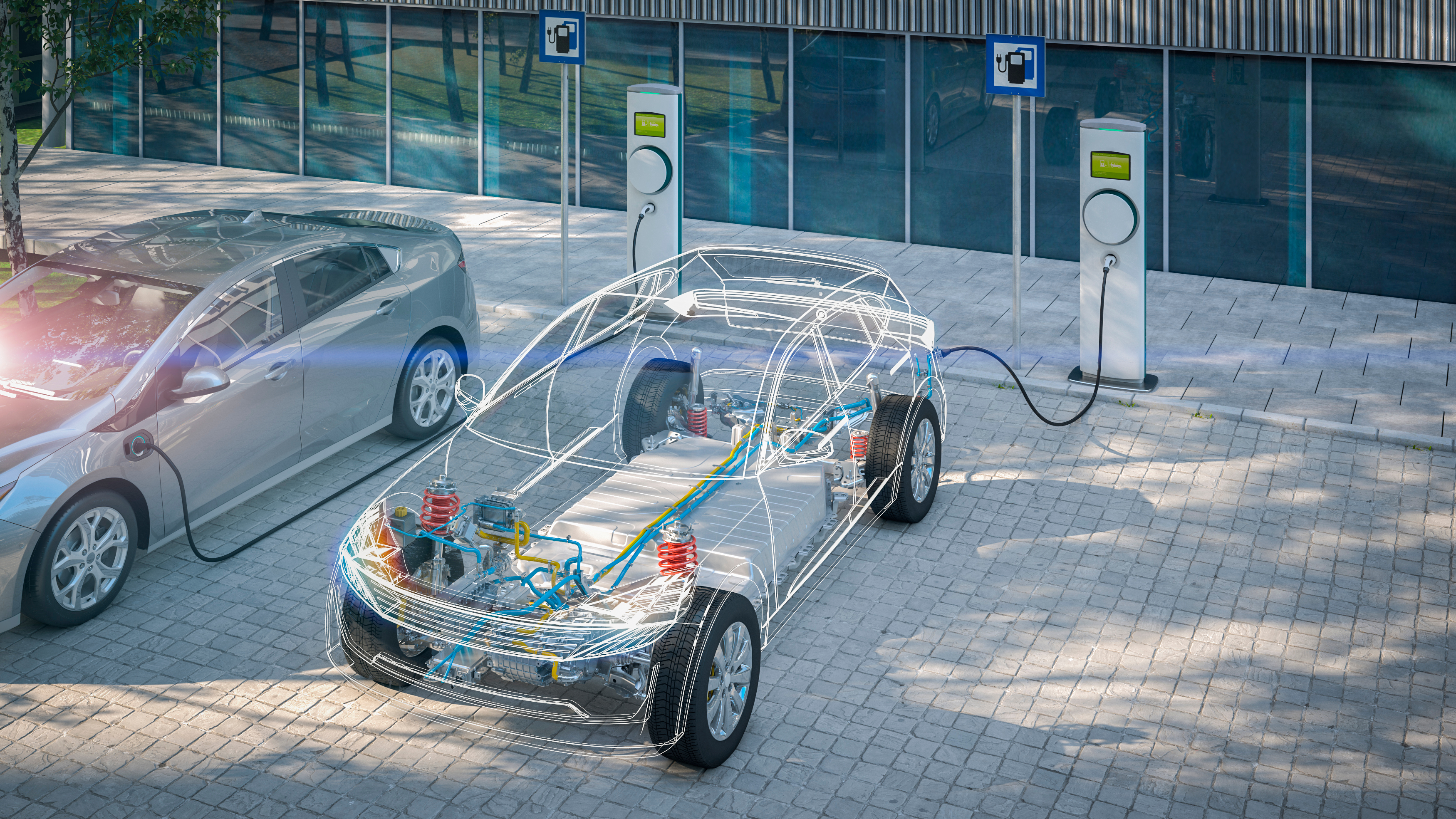What are carbon markets?
Carbon markets are one of many actions to slow down climate change. They limit and control the amount of carbon dioxide (CO2) and other greenhouse gases (GHG) emitted into the atmosphere.
How do they work?
Carbon markets are based on the sale and purchase of carbon credits or certificates for reducing emissions of greenhouse gases (GHG). These credits grant the holder permission to emit a set amount per year of metric tonnes of CO2 or the equivalent in other GHGs. A company emitting GHGs has a set number of credits, meaning they are only allowed to emit that amount of GHGs in a year. At the end of the year, if that company had invested in energy efficiency or non-emitting technologies, it may have unused credit. On the other hand, another company may have exceeded its allowed credit for GHG emissions.
To respond to these situations, the carbon market creates the possibility of purchasing and selling credit. For the company that invested in non-emitting technology, this additional income helps recover the investment costs. The company that needs to purchase credit and hasn't invested in updating its equipment will see that its production process is more costly to operate given the need to purchase credits to emit more GHGs that hadn't been mitigated or controlled in its processes.
Carbon markets are a tool that makes way for the sale and exchange of emissions allowances. And in that way, limit and control the amount of CO2 and other GHGs emitted annually to the atmosphere.
They also represent an incentive to invest in low-carbon emissions technologies. These markets may be national or international, and Europe's is currently one of those most developed.
Carbon markets contribute to the energy transition by limiting and controlling greenhouse gases emitted into the atmosphere.
What is the European system for selling emission allowances?
In 2001, the European Commission, within the framework of the European Climate Change Programme, published a report with different proposals for reducing greenhouse gas emissions, among them the creation of an EU Emissions Trading Scheme (EU ETS) that would help meet commitments set by the European community in the Kyoto Protocol. This scheme was enacted in January 2005.
The European system for the sale of GHG emission allowances is one of the key regulatory instruments of the European Union (EU) for controlling GHG emissions in industrial facilities with fixed emission sources. Along with the Effort Sharing Regulation, which governs emissions in those sectors that fall outside the EU ETS scope, we can also find pillars for complying with the EU's international climate commitments, initially the Kyoto Protocol and then the Paris Agreement.
In July 2021, the European Commission adopted a series of legislative proposals within its "Fit for 55" package for aligning legislation with the road map toward EU climate neutrality by 2050, including the intermediate target of a net reduction of at least 55% of GHG emissions by 2030.
A revision of EU climate legislation has been proposed, including its Emissions Trading Scheme, the Effort Sharing Regulation, and legislation on transport and the use of soil to establish how the European Commission intends to achieve climate targets in the European Green Deal.
The total volume of GHGs that power plants, industrial factories, and the aviation sector can emit, as per the EU ETS, is limited by several emission allowances. Companies receive or purchase additional emission allowances that they can negotiate as needed within that limit. The emissions cap decreases every year, ensuring that total emissions fall.
Each allowance gives the holder the right to emit:
- one tonne of carbon dioxide (CO2), or
- the equivalent amount of other greenhouse gases, such as methane (CH4), nitrous oxide (N2O), and perfluorocarbons (PFCs).
What is a carbon footprint?
The idea of a carbon footprint arose as a measure to quantify and generate an indicator of the impact of an activity or process on climate change. It serves as a management tool for learning the environmental impact of the behaviours or actions of people, organisations, products, events, etc., that are contributing to increasing our emissions; how we can reduce or offset them; and how to be more efficient in our use of resources.
An ever-increasing number of institutions and companies have set targets to reduce their carbon footprint in order to achieve greenhouse gas emission neutrality.
Offsetting emissions
Many are also driving emission offsetting projects. Offsetting is the action of neutralising the amount of CO2 emissions that a person, company, or organisation emits when carrying out an activity by investing in a project to improve the environment and social context in which it is developed.
What is industry doing to offset its emissions?
Once a company's CO2 emissions from its usual activity are calculated and its energy efficiency and savings measures implemented, sometimes we find irreplaceable processes whose emissions cannot be reduced or avoided. In these situations, companies must be environmentally-responsible and voluntarily offset part or all of those emissions generated.
Projects to plant trees or reforest damaged or scorched land are some of the most common projects for offsetting GHG emissions.




